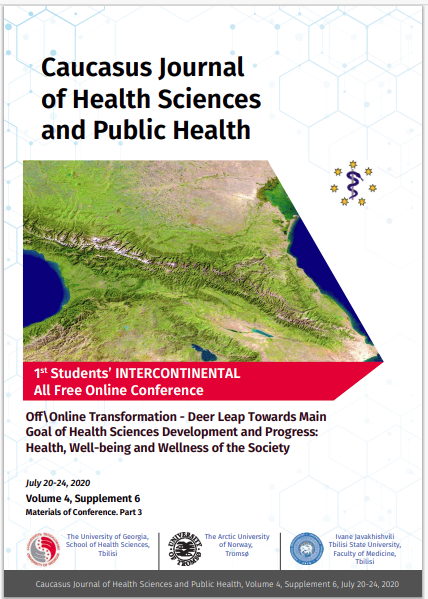Abstract
In this review article we are exploring the neurophysiology of dreams, we will be looking at different aspects of how the world leading scientists define dreams, their general mechanism involving REM and NREM sleep stages, the activity our brain goes through when in the process of dreaming and how that affects different sleeping stages. We also go in detail to describe some of the various diseases and neurological defects affecting the mechanism of dreams, how different are dreams for those affected by these diseases, wherein we explain REM sleep behavior disorder, Parkinson’s diseases effect on dreams. Furthermore, we discuss the drugs which may cure or largely defect the dreaming mechanism, we brush up on drugs like pharmacotherapeutic Drugs, Antihypertensive Agents, Hypolipidemic Agents medicine used in Alzheimer’s illness, Antidepressants Agents and many more. The theoretical part of the article is revised by the theories we have had over the years by groundbreaking scientists like Sigmund Freud’s theory, Hobson’s active synthesis theory, lucid dreaming theories and many more which question the reality and significance of dreams. The very end of the article describes some of the future aspects of dreams research and which way to lead in, we discuss some of the new methods that can change the worlds living, by starting with something very basic such as recording our dream journals, some of the lucid dreaming advantages and changes that we can see in the near future as well as healing properties are just some of the very start of revolutionizing Oneirology.

This work is licensed under a Creative Commons Attribution 4.0 International License.
Copyright (c) 2020 Alireza Abedi, Faiza bahadur khan, Mariam Gogichadze

